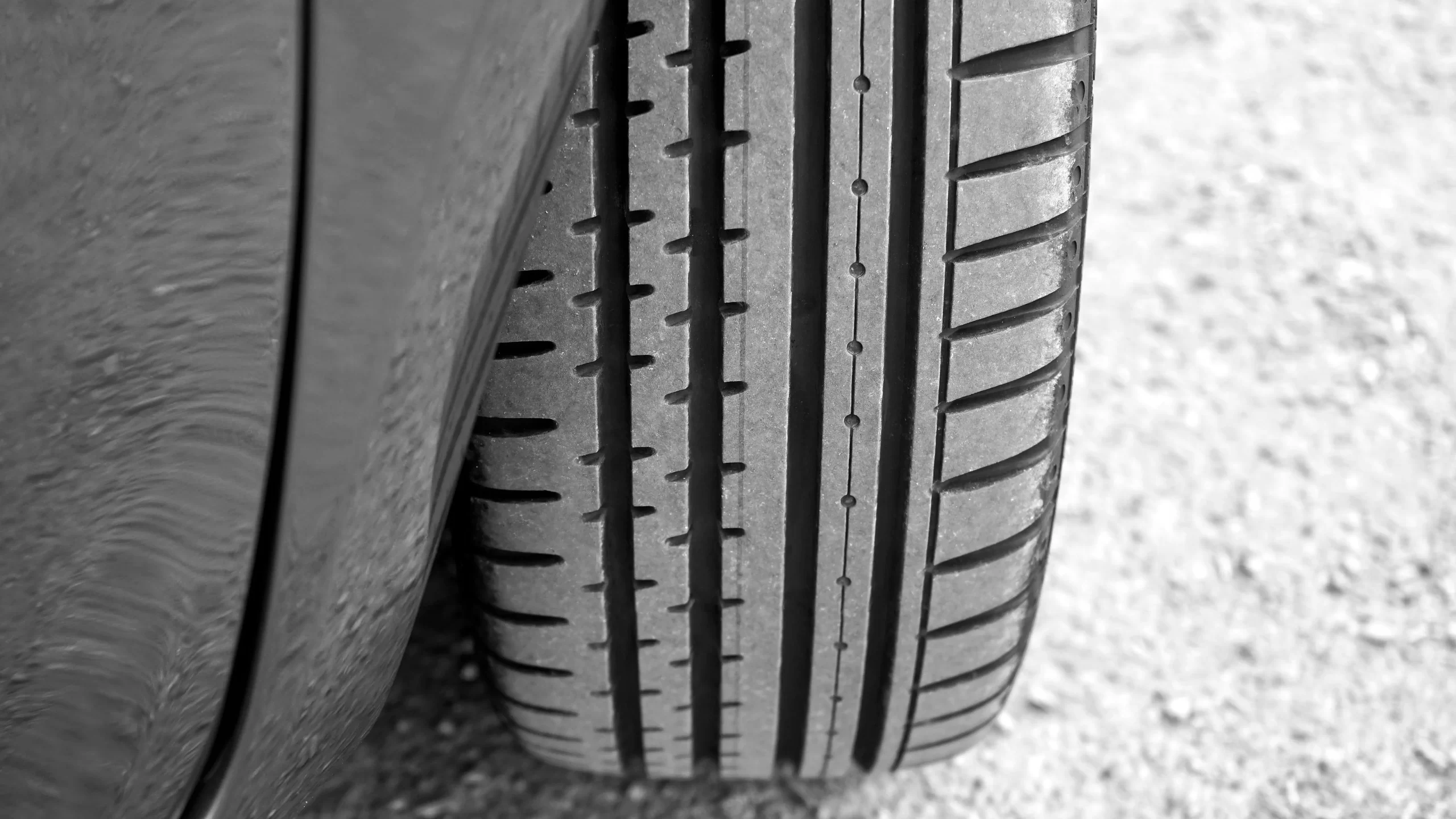
Your tires are the only part of your car that touches the road, making proper tire maintenance essential for safety, performance, and cost savings. Neglecting tire care can lead to poor fuel efficiency, blowouts, and uneven wear. This guide covers how to check tire pressure, when to rotate tires, and expert tips to maximize their lifespan.
1. How to Check Tire Pressure (The Right Way)
Why It Matters:
- Underinflated tires reduce fuel efficiency by up to 3% and wear out faster.
- Overinflated tires lead to a harsher ride and uneven tread wear.
Steps to Check Tire Pressure:
- Use a quality tire pressure gauge (digital or analog).
- Check pressure when tires are cold (before driving or after sitting for 3+ hours).
- Remove the valve cap and press the gauge firmly onto the valve stem.
- Compare the reading to the recommended PSI (found in your owner’s manual or driver’s door jamb).
- Adjust pressure as needed using an air compressor.
- Recheck and replace the valve cap.
Pro Tip: Check tire pressure at least once a month and before long trips.
2. When and How to Rotate Tires
Why Rotation Matters:
- Front tires wear faster due to steering and braking forces.
- Regular rotation promotes even tread wear, extending tire life.
Recommended Rotation Intervals:
- Every 5,000–7,500 miles (or as specified in your owner’s manual).
- All-wheel-drive (AWD) vehicles may need more frequent rotations (every 3,000–5,000 miles).
Rotation Patterns:
- Front-Wheel Drive: Move front tires straight back; cross rear tires to the front.
- Rear-Wheel Drive: Move rear tires straight forward; cross front tires to the rear.
- AWD/4WD: Follow manufacturer guidelines (often an “X” pattern).
Pro Tip: Keep a maintenance log to track rotations and ensure even wear.
3. How to Extend Tire Lifespan
A. Monitor Tread Depth
- Use the “penny test”—insert a penny into the tread with Lincoln’s head upside down.
- If you see the top of Lincoln’s head, tread is worn below 2/32″ (time to replace).
- For better traction, replace tires at 4/32″ (especially in wet/snowy conditions).
B. Avoid Common Causes of Premature Wear
- Misalignment – Get an alignment check once a year or if you notice pulling to one side.
- Overloading – Check your vehicle’s max load rating (avoid excessive weight).
- Aggressive Driving – Hard braking and fast cornering increase wear.
C. Seasonal Tire Care
- Winter Tires: Use in below 45°F (7°C) temperatures for better grip.
- Summer/All-Season Tires: Avoid using in extreme cold (can harden and crack).
- Storage Tips: Keep spare tires in a cool, dry place away from sunlight.
4. Signs You Need New Tires
- Visible tread wear bars (raised rubber strips between treads).
- Cracks, bulges, or punctures in the sidewall.
- Vibration or uneven wear (could indicate alignment issues).
- Frequent air loss (may signal a slow leak or valve problem).
Final Thoughts
Proper tire maintenance improves safety, fuel economy, and handling while saving you money in the long run. Follow these key steps:
✅ Check pressure monthly (and before long trips).
✅ Rotate tires every 5,000–7,500 miles.
✅ Inspect tread depth and wear patterns regularly.
✅ Replace tires before they become unsafe.
Need new tires? Look for the UTQG rating (tread wear, traction, temperature) for the best performance match.






Leave a Reply